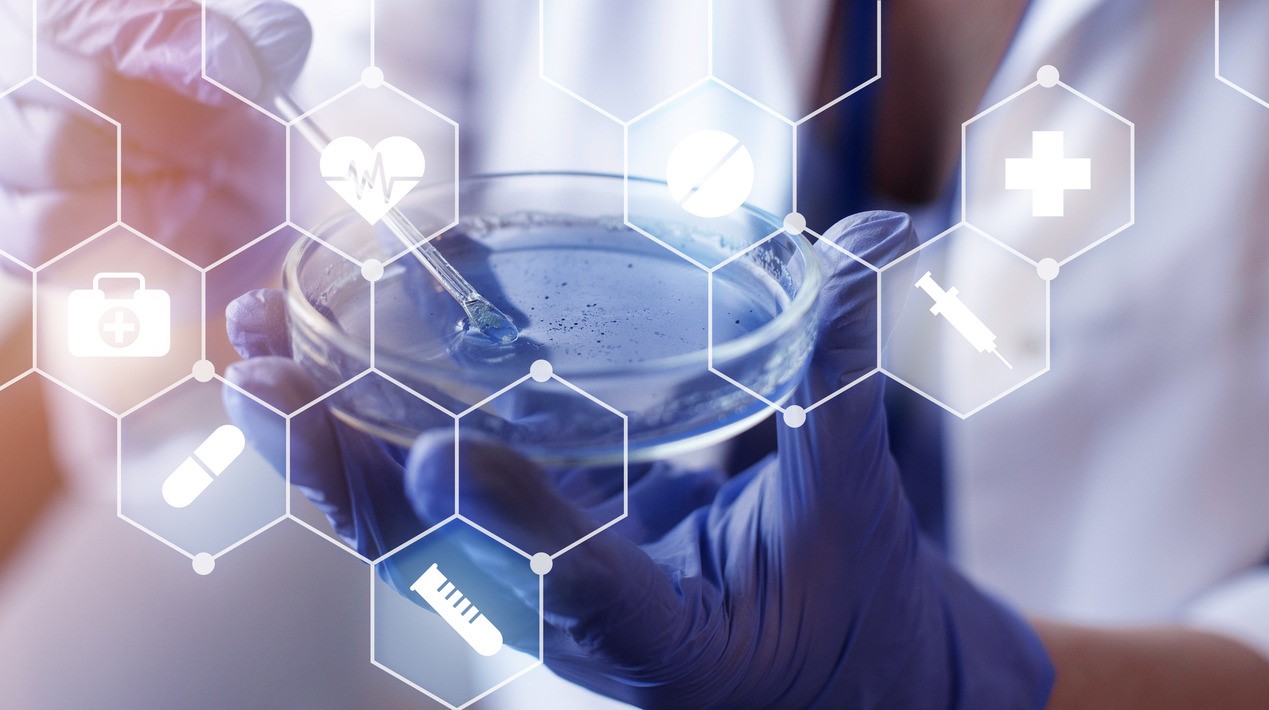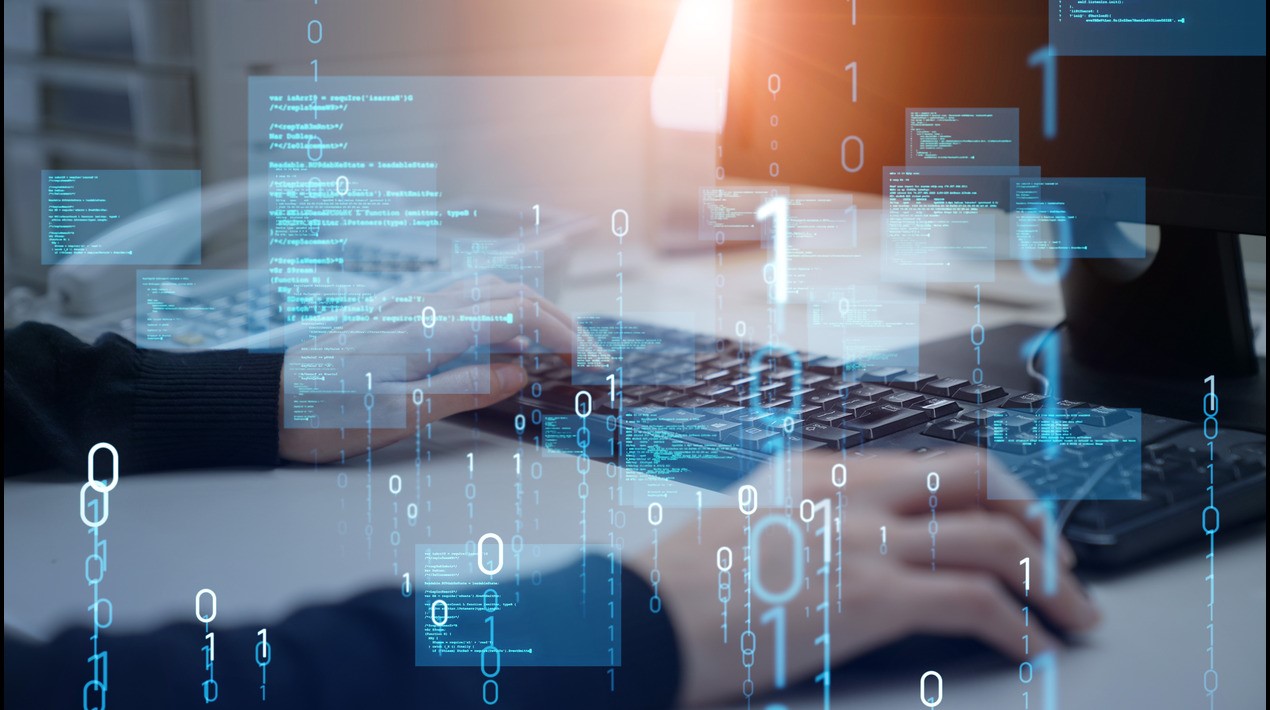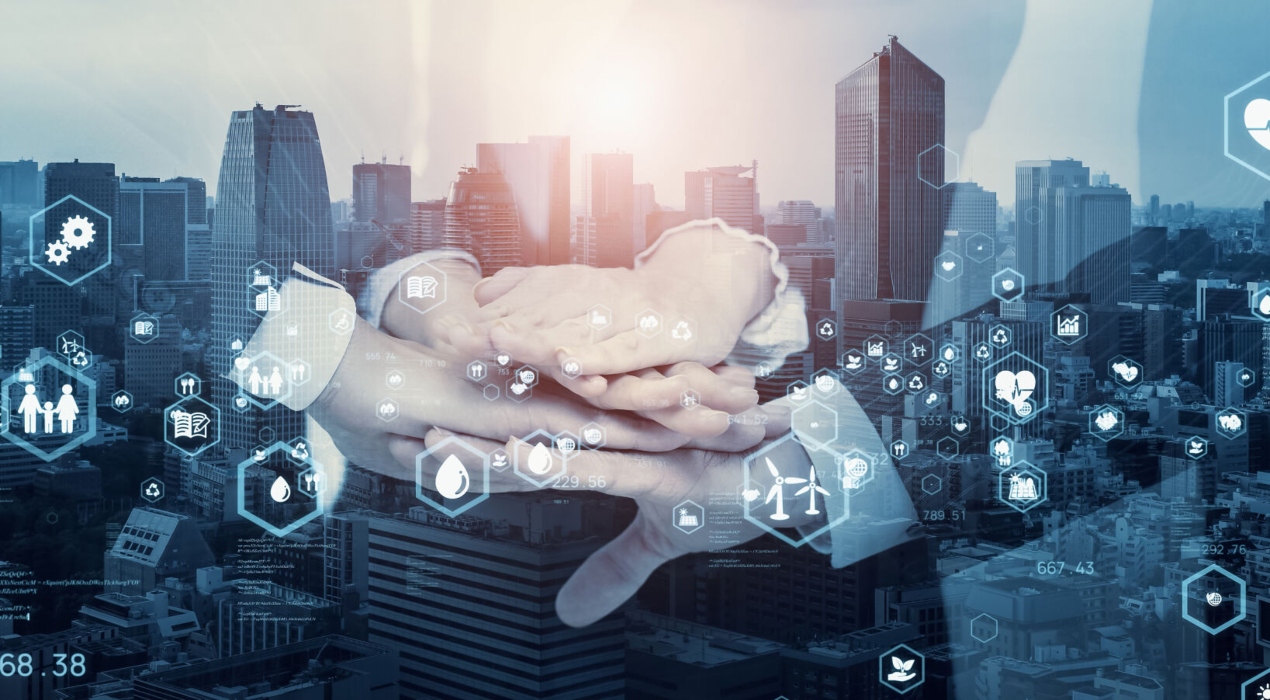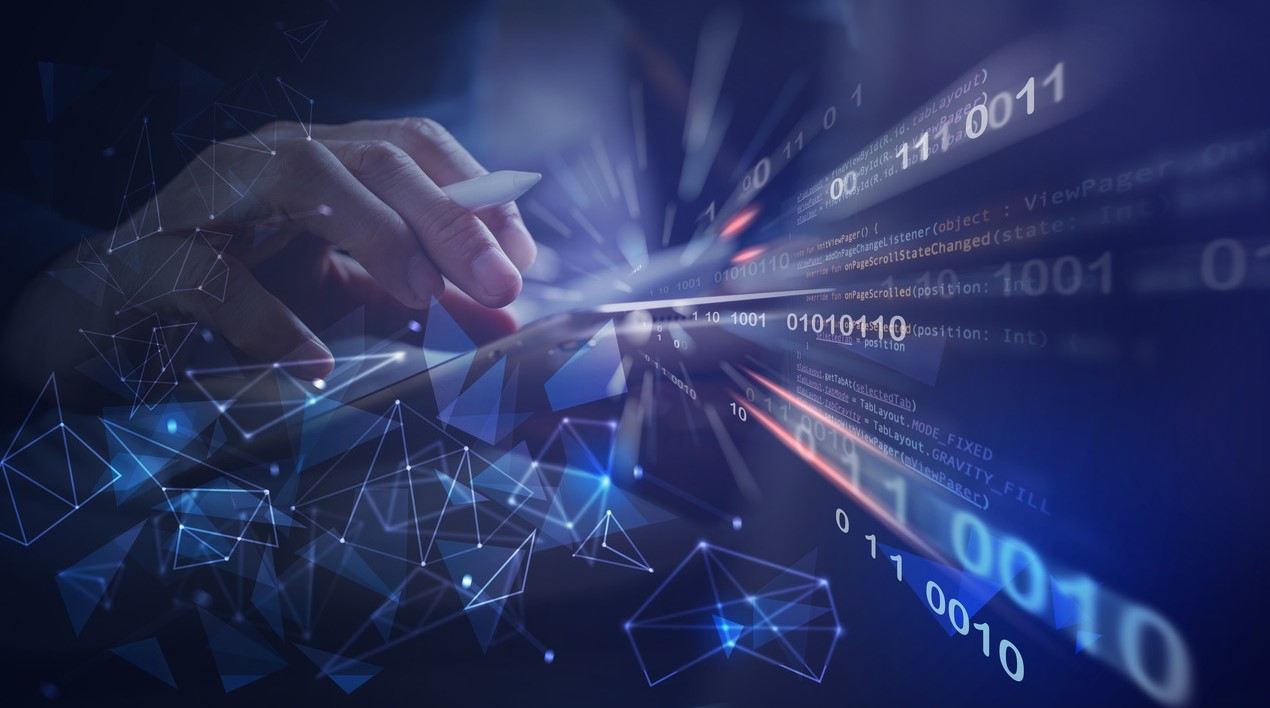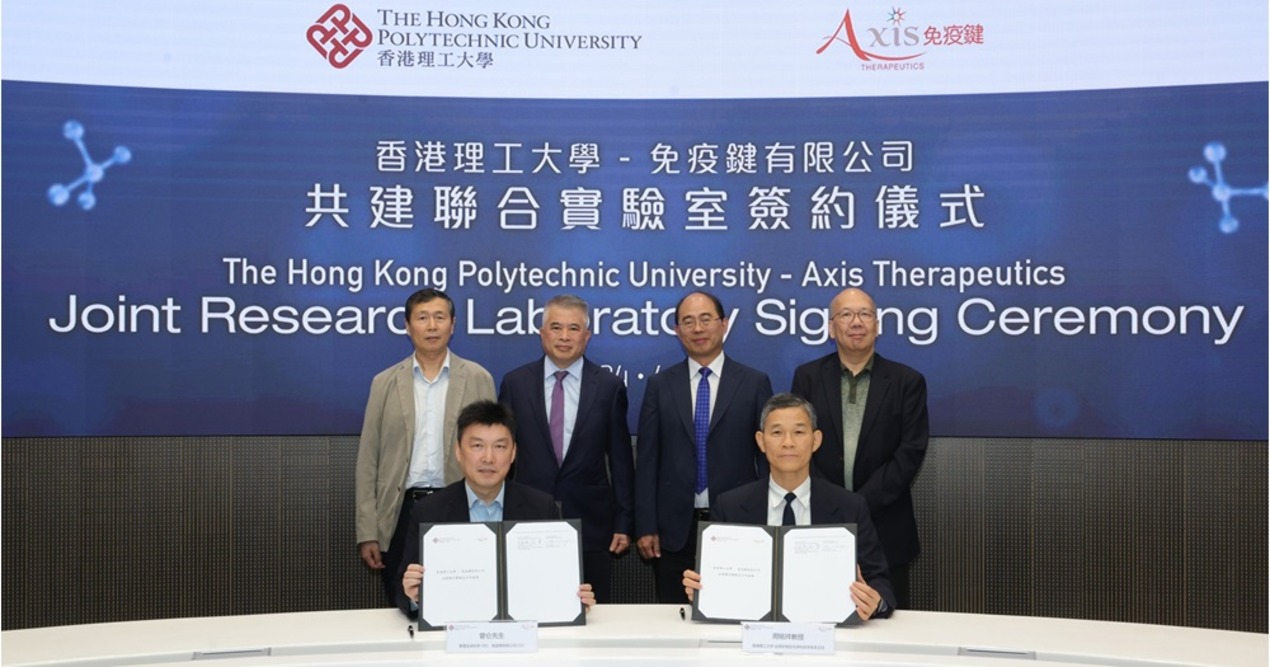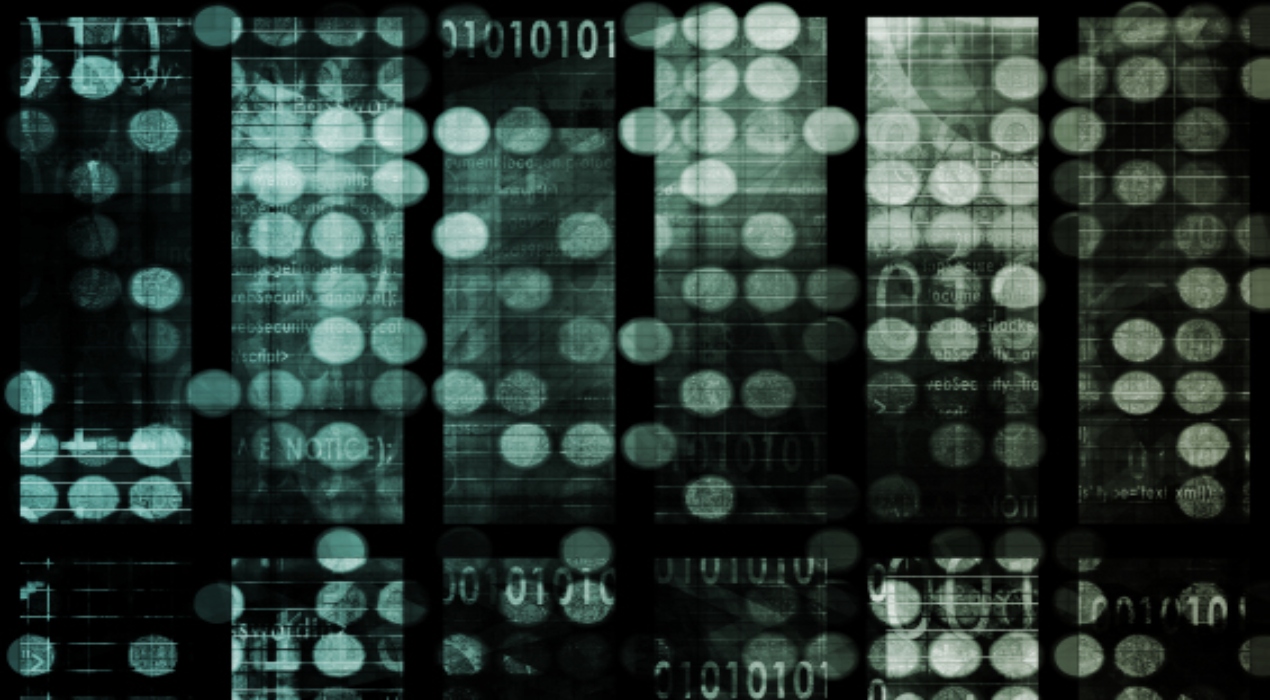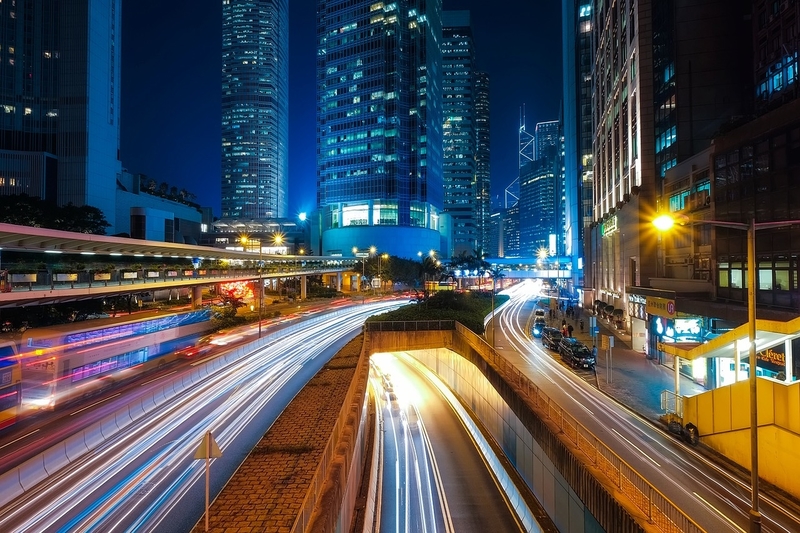
A digital twin is a digital model of a physical asset. It collects information (via sensors, drones or other IoT and Industrial IoT tools) and applies advanced analytics, machine-learning and artificial intelligence in order to receive real-time insights about the physical asset’s performance, operation or profitability.
For Digital City Twins, hundreds of IoT systems and public databases are consolidated into a single portal creating a “digital twin” of the city. The simulation allows users to monitor construction progress, traffic, environmental conditions, public safety, energy consumption and building occupancy.
Such technology looks set to play an increasingly important role in the creation of smart cities around the world and in addressing major public health, safety, environmental and natural disaster issues. Bringing the virtual and physical worlds together in this way can help to better inform decision-making, reduces risk and also acts as a citizen engagement tool.
In the realm of smart cities, a digital twin is a virtual model of a city, a replica of the physical world. They are rapidly becoming indispensable tools to visualize the pulse of the city in real-time with layered data sources of buildings, urban infrastructure, utilities, businesses, movement of people and vehicles.
Rotterdam: Delivering Better City Operations
Rotterdam, Amsterdam has been developing and applying a variety of smart solutions to urban problems in recent years. A smart thermal grid is being constructed, for example, that will facilitate heat exchange between buildings and make entire neighbourhoods more energy efficient. Smart parking and intelligent (electric) mobility are supporting better traffic flow, and a range of other benefits are helping make life better for inhabitants.
Improving Citizen Living in France
Rennes Metropole in France has developed a digital 3D model covering the city’s entire territory. This online model is used in various ways, for urban mediation with citizens, and for urban development purposes such as sunshine simulation, noise modelling, tree shadow impact on buildings
Using the Digital Twin for Virtual Tourism
Helsinki using a Digital Twin as a testing tool open to the public, also for mitigating climate change and improving energy efficiency. But Helsinki is also using the digital twin to become leaders in Virtual Tourism. Virtual Helsinki is a digital experience that enables users to visit the city’s digital twin created in high-quality 3D. They will be able to visit all tourist attractions and this can be done at any time of the year, simply by using virtual reality glasses and an app.
Digital Twin to Help Provide World-Class Logistics
The city of Columbus, Ohio in the USA which won the US-wide Smart City Challenge in 2016. The Smart Columbus campaign aims to improve people’s quality of life, drive economic growth, provide better access to opportunities, become a world-class logistics leader, and foster sustainability by interconnecting infrastructure services, starting with transportation, housing, and healthcare, to model how new technologies work in a real city.
Singapore: The Most Advanced Digital Twin to Date
Singapore is widely recognised as one of the more advanced of the smart city digital twins. Virtual Singapore, project which was overseen by Dassault Systémes using its 3DEXPERIENCE platform is already well developed. The project offers four main capabilities to stakeholders: Virtual experimentation, test-bedding, decision-making and research & development.
Amaravati: A City Created from a Digital Twin
The first entire city within India, born with a digital twin is Amaravati, the new capital of Andhra Pradesh. Amaravati is proposing a digital twin user ID scheme for every citizen that will serve as a single portal for all government information, notifications, forms and applications.
These are just a few cities solving their unique challenges and improving urban life through digital twinning and the trend seems to be that more and more cities will soon create their own digital twins. Portland in the US has a Digital Twin activated by residents’ cellular data. Dubai in the Middle East is using a Digital Twin project focusing on user experience and Yingtan in China has its’ 5G Digital Twin.
A digital twin is an invaluable tool that is set to become a cornerstone of the 4th Industrial Revolution. The digital city brings together the physical and digital worlds through Internet of Things technologies but also ties in the social world by creating a platform for all stakeholders. Starting with the digital twin, cities can begin to develop a new range of applications that will optimise, enhance, and improve all aspects of urban life.



